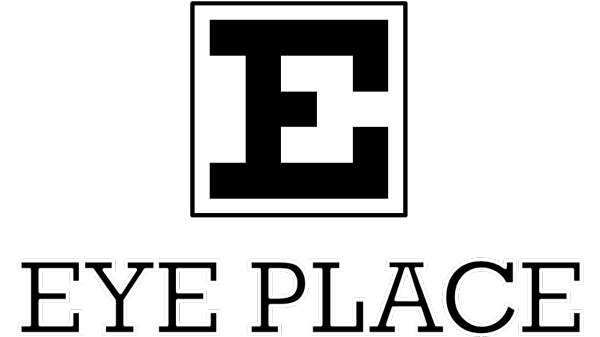Aviation Eye Examination
Choosing the Right Eyewear as a Pilot
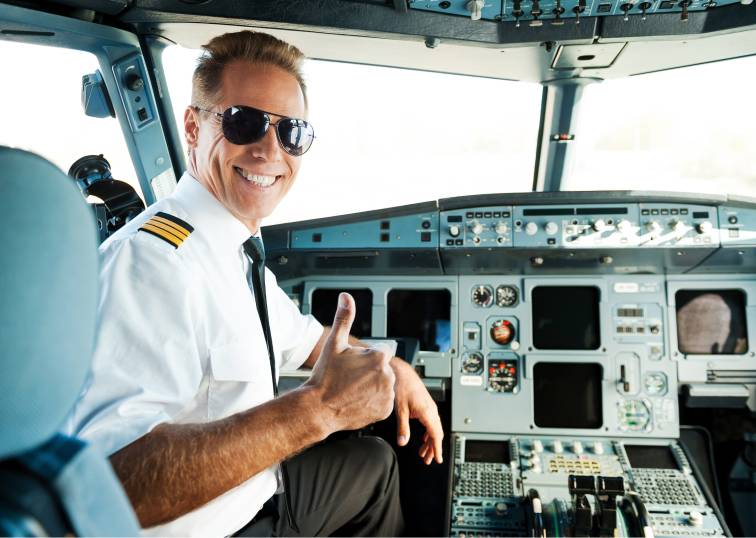
Driving a car requires you to meet specific vision standards. What more if you’re a pilot who has a visually demanding job of flying passengers or cargo for leisure or business purposes. All pilots, beginner or pro, are required to have good vision. This pertains to seeing clearly at different distances, no matter the lighting and weather conditions.
Perfect vision can be achieved with the right spectacles for pilots, which can be summed up as follows:
- The spectacles should always ensure good vision for near or far objects, such as cockpit instruments, towers, and air traffic.
- They should work optimally even in changing lighting conditions.
- The spectacles should allow pilots to perceive colours accurately, which is vital in identifying aircraft position lights, beacons, and more.
All pilots have to undergo aviation eye exams periodically, in line with meeting strict vision and safety requirements in flying an aircraft.
E Eye Place is a CASA Accredited Optometrist
A pilot’s eyesight is an essential asset. A thorough aviation medical eye test is needed to determine blind spots, poor vision, and underly eye conditions that may affect vision under different circumstances, or with time. The optometrist carrying the aviation eye exam must be Civil Aviation Safety Authority (CASA) accredited. This professional works closely with Designated Aviation Medical Examiner (DAME) doctors to perform initial and regular eye tests on pilots, air traffic controllers, and flight engineers.
CASA accredited optometrists check the pilot’s vision to ensure that it’s up to the required standards. The eye exam is a part of maintaining a valid medical certificate where results are reported to CASA directly.
CASA requires medical examiners, including DAME, Credentialed Optometrists (CO), and Designated Aviation Ophthalmologists (DAO), to complete training sessions that aim to maintain competencies and keep updated with new technologies. Stephanie Yeo, our founding optometrist at E Eye Place, is CASA accredited.
Please note that Medicare does not cover an aviation medical eye test. Fees are applied to both eye exams and reporting.
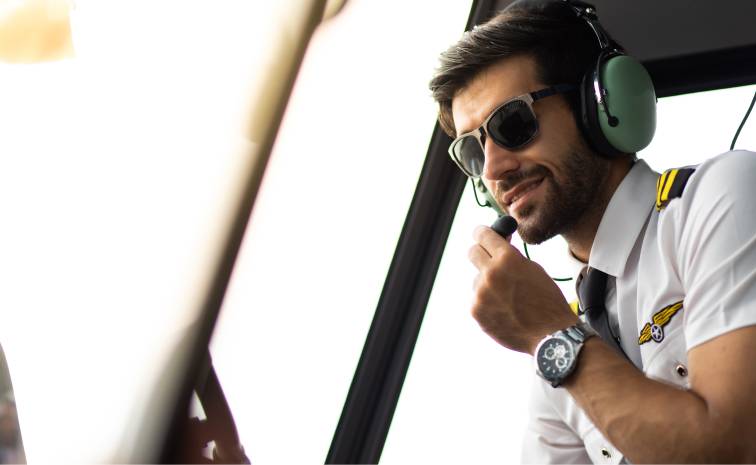
What's Involved in an Aviation Eye Exam?
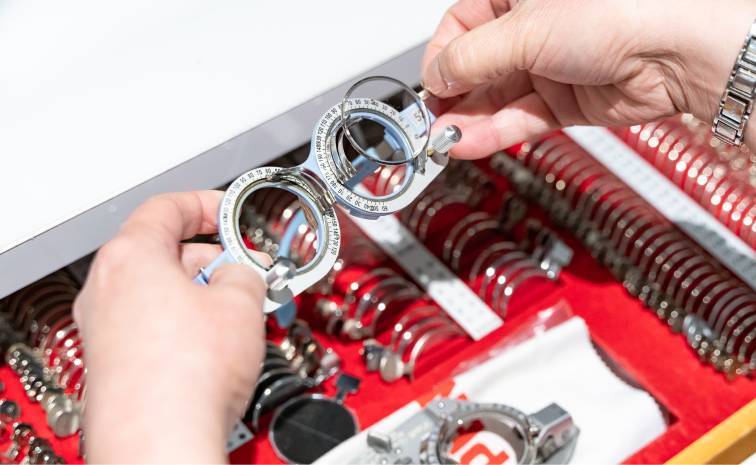
An aviation medical eye test takes about an hour to complete. It is a thorough eye exam that checks all the critical aspects of the pilot’s vision. The assessment generally involves assessments of the following:
- Overall ocular health
- Peripheral vision
- Binocular vision and coordination
- Colour vision
- Visual acuity and contrast sensitivity
- Spectacle refraction
The eye exam for pilots is almost the same as eye exams for ordinary people in which dilating eye drops will be used. Dilation is required to perform a dilated fundus exam that is crucial in assessing the macula and optic nerve function.
We recommend that you are well-prepared for your aviation eye examination at E Eye Place, which takes approximately 1 hour. Patients are advised to bring sunglasses with them. If possible, have someone with you or wait for more than two hours before you drive after the exam.
Anyone who will come in for an aviation eye test should bring a valid driver’s licence or any photo ID. Eyeglass-wearers should have their eyeglasses with them. It’s also important to have a backup pair that works just like the habitual glasses.
Your eye test results will be submitted viaan online system directly to CASA.
The Ideal Spectacles for Pilots
When looking for the best sunglasses for pilots, one of the options we highly recommend is the ZEISS Skylet® tinted lenses. ZEISS Skylet® comes with sun protection in which the lenses have 100% UV protection. These tinted lenses are equipped with special technology that’s perfect for amateur and professional pilots since changing altitudes, and lighting conditions will not affect the lenses.
ZEISS Skylet® conveniently blocks the sun, which typically creates glare in ordinary lenses. When worn, Skylet® lenses can also improve contrast vision that helps pilots see better in extreme light conditions.
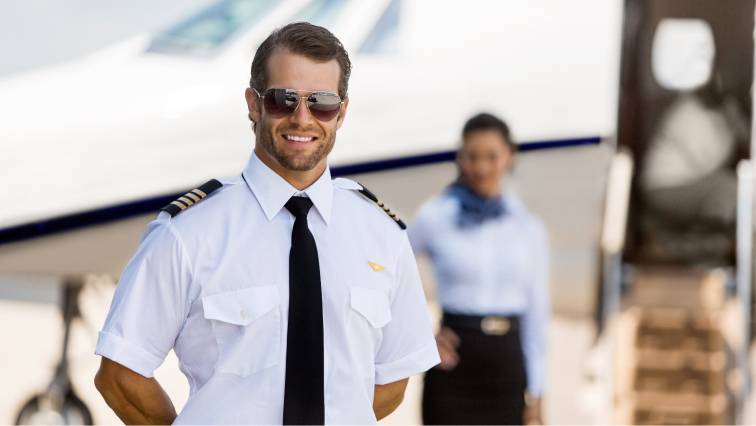
Can Pilots Have Polarised Eyewear while Flying?
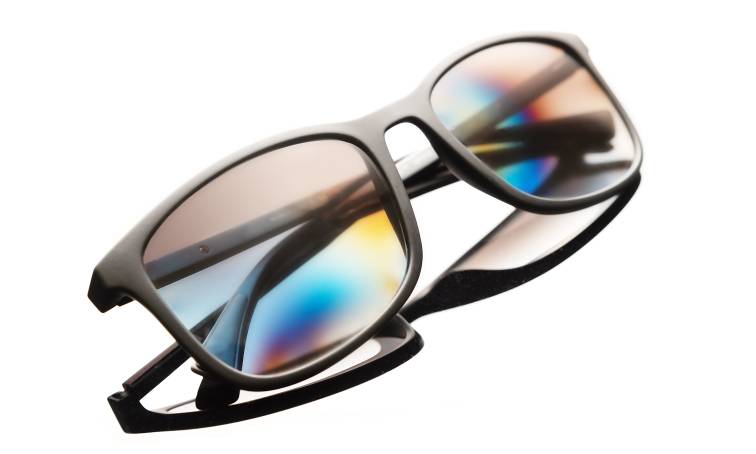
Polarisation filters are great, but not if you’re a pilot flying an aircraft. Polarised eyewear is valued for its offered protection against reflections. However, pilots should not wear glasses with these filters since they can impair the ability to view important signals on the cockpit screens.
Another issue with polarised eyewear is that it can impact the detection of other aircraft, especially in some weather conditions. Pilots should have a perfect vision that does not get blocked by any eyeglass filter.
Polarising lenses can affect how pilots perceive their environment, particularly when up in the air. These lenses can hinder them from seeing other aircraft, where some may only be detected if the sun reflects off the outer shell. This can result in a dangerous situation that no pilot would want to deal with.
Another issue with pilots wearing polarised eyewear is that it can be difficult to read LCD displays, causing them to miss specific signals and colours. The best spectacles for pilots should allow them to see colour correctly while reading through the lenses effortlessly.
Safety and Comfortable Vision with Progressive Lenses
Over time, people can have difficulty in seeing short and long distance objects simultaneously, without the aid of corrective lenses. It’s an age-related vision issue that no one can escape, even pilots. But for pilots, it’s not just an inconvenience but a potential safety hazard. Thankfully, there are differentoptical solutions that optometrists can offer: varying from progressive lenses to bifocals or lookovers.
Wearing progressive lenses can help pilots in many ways. These lenses are measured and fitted to the wearer’s unique visual demands. They are designed to combat problems in seeing distant objects, as well as reading up close simultaneously.
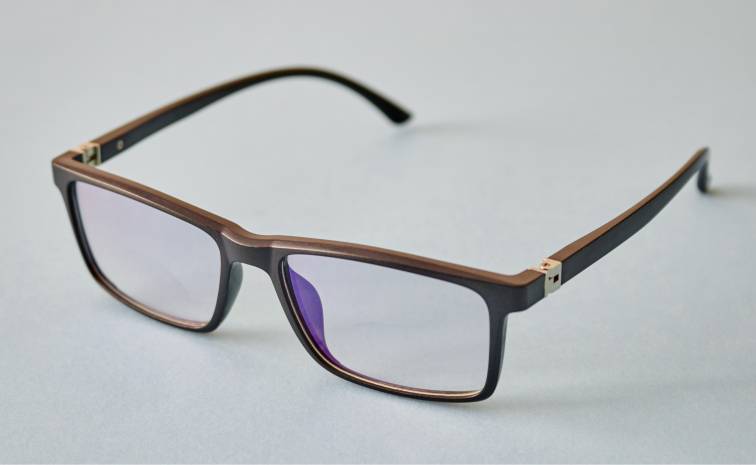
What Matters When Choosing Spectacle Frames for Pilots
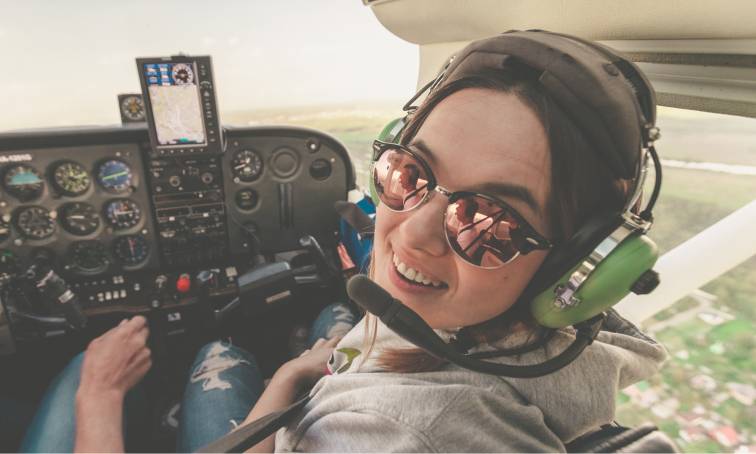
The general rule when selecting the best spectacle frames for pilots is their lightness and comfort. Flying and operating aircraft can take several hours. Therefore, pilots should wear glasses that stay comfortable and not tight against their heads.
Spectacle frames come in different styles, but we recommend that you choose frames that do not hinder your field of view.
The frame should also be thin on the temples and not too far from the head to achieve maximum comfort. Otherwise, the pilot will find it difficult to adjust their headset when wearing the spectacles.
Contact the E Eye Place team directly if you require an Aviation Eye Test, or have any queries regarding this.
Frequently Asked Questions
How Can Pilots Choose the Best Spectacles for Them?
Since pilots should have good vision, it’s essential for them to have the right aid if they have existing vision problems. Wearing spectacles should not hinder the pilot’s ability to see near and far objects. With the rapidly changing light conditions up in the sky, they should also choose spectacles that remain effective no matter how light or dark the surroundings become.
It’s also required that pilots recognise colours accurately while wearing their eyewear. In order for a pilot to find the perfect spectacles, they should have an aviation eye examination before flying an aircraft. A UV coated pair is essential, along with an anti-glare coating.
What is the Difference Between a CASA Accredited Optometrist and One That’s Not?
A Civil Aviation Safety Authority (CASA) should carry out the aviation eye examination for the pilot. While you can always go to another optometrist, only a CASA certified professional will know and understand your needs. The CASA accredited optometrist is in contact with a Designated Aviation Medical Examiner (DAME) official who takes care of the health of pilots and anyone who works for the aviation industry.
A CASA certified optometrist can give you a valid medical certificate, which you need in order to fly an aircraft. Always make sure that you take your exam and get your results from a reputable CASA accredited optometrist like E Eye Place.
What Should You Expect in an Aviation Eye Test?
Aviation medical tests are similar to a comprehensive eye exam. They entail checks that focus on the pilot’s overall ocular health and peripheral vision. The optometrist will also check binocular vision and refraction. Dilating eyedrops will be used to determine whether the macula and optic nerve are working as they should.
When scheduling your eye exam, you should know what you should and should not do prior to the visit. Remember to bring your driver’s licence or any ID that bears your photo. You will be asked to take your eyeglasses with you if you wear them to correct your vision, along with your sunglasses.
Are Polarisation Filters Good for Pilots?
Yes, but only if they are not flying an aircraft. Although they are stylish and your preferred type of eyewear, polarisation filters can be problematic for pilots. Wearing polarised eyewear will block reflections, which can impair the pilot’s ability to recognise colours and signals on the cockpit screen.
One more reason not to use polarised eyewear is that it can reduce your ability to see other aircraft. Since the filter prevents the detection of aircraft that can only be seen when reflected off by the sun, terrible accidents can happen. Make sure that you avoid anything with polarisation filters when in the air.
